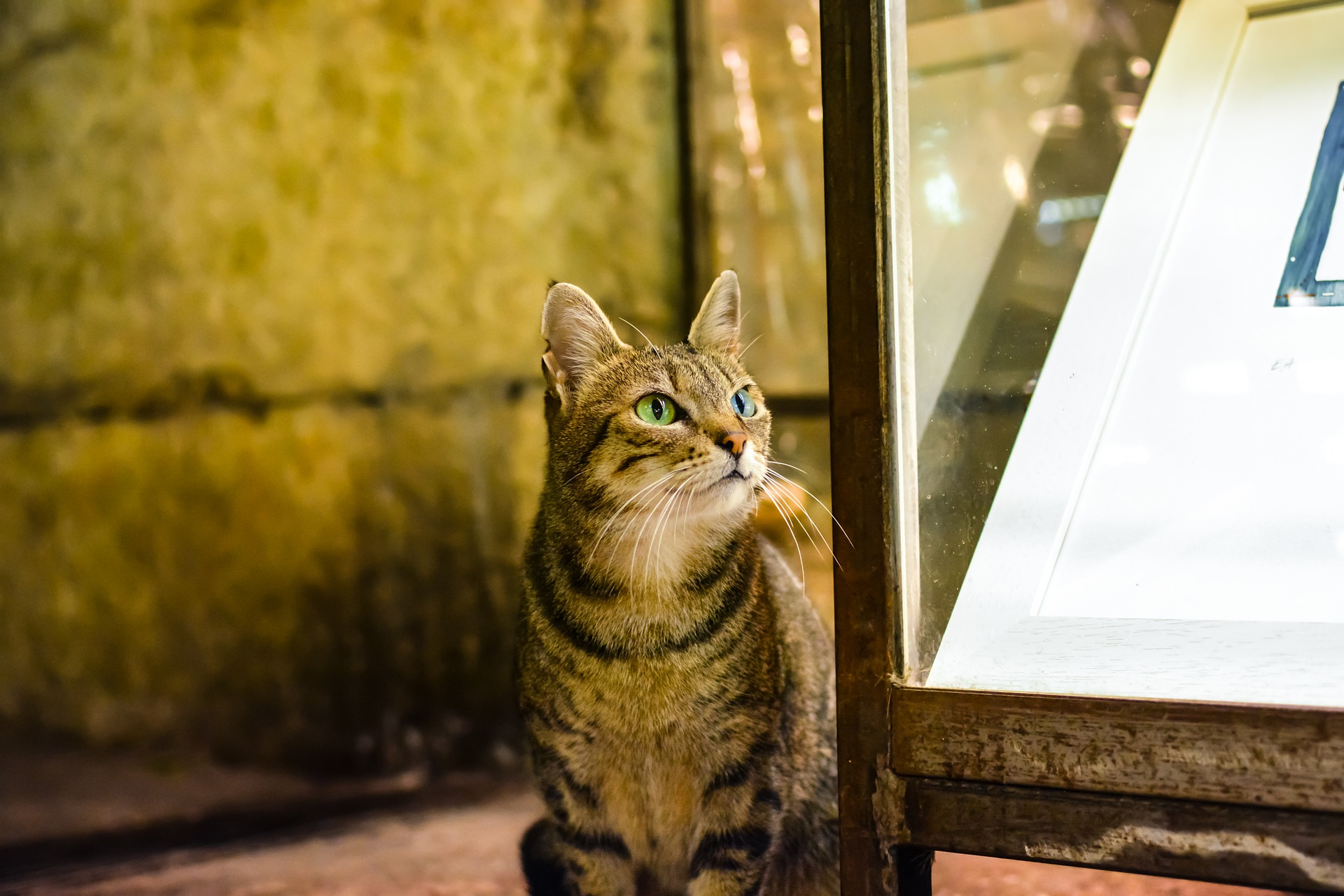Catching Shoppers’ Eyes with Retail Displays
Pet Age Staff //February 12, 2020//
BY JERRY SMITH
The wave of online shopping continues to grow. It seems today that you can buy everything online and have it delivered right to your door overnight. The rate at which consumers are using the internet for purchases is increasing every day. Some studies forecast that almost 80 percent of internet users in the United States will make at least one online purchase this year.
What this trend is making clear is not that in-store retail is a thing of the past. That would be impossible to say, as a 2019 survey from Valassis reported that 96 percent of U.S. internet users will shop in a store at some point this year. The leading reason why people in that survey said they shop in store was the desire to see the item in person.
Think about it. When you shop online, you don’t just read about the product, check the price and then click purchase. You open all the pictures the online retailer has of the product to see what you’re purchasing from every angle. That’s our desire as shoppers to absorb what we’re about to buy with our eyes to make sure it looks nice. But online shopping doesn’t allow a consumer to physically interact with a product—to not only see it through a screen but to see what it looks like in front of them, what it feels like, maybe even what it smells like.
The online shopping push doesn’t mean retail owners should abandon their brick-and-mortar stores, and it doesn’t mean that companies who sell products in these brick-and-mortar stores should pull everything out and go online only. Instead, it means the items you sell in these stores need to be displayed in a way that allows today’s shopper to easily find your item—like they can search online—and then be drawn to that item by not just what it is, but what it looks like.
Making your product stand out is especially important when we consider the next most important characteristic of shoppers today—they are impulsive. More than 90 percent of shoppers make at least occasional purchases they didn’t intend to buy initially. In a given year, these impulse buys add up to almost $5,400 a year on average. This trait of the American shopper, if you will, does not just go for when people are strolling around aimlessly, enjoying window-shopping, impulse buying occurs even on planned shopping trips.
What this means is that even when shoppers enter a store with the intent of only buying one specific item, their inner impulse buyer can be activated at any time to make an additional purchase and add money to their total at the checkout line. In fact, the average shopper will make an average of three unplanned purchases in four out of every 10 visits they make to a store.
Shoppers’ impulsive behavior, and how they interact with products online, makes visual marketing and in-store product displays ever the more important in today’s retail world. The impulsive-behavior side of the shopper craves a product that catches their eye that stands out from the rest in the store, that’s easy to find and that’s pretty. The online side of the shopper yearns to see a product displayed in its best light, with easy-to-understand explanations of what the product is.
The best way to do that is to display your product in a visually-pleasing way so the customer can not only find your item among the slew of other products offered in a store but will be drawn to it by the sheer attractiveness of the display. If your product is simply sitting on a shelf next to 10 other similar products, shoppers may not even find it unless they are looking specifically for it. But if your product is displayed front-and-center in a way that catches their eye, draws them in and engages them, then you’ll have the chance to convert that impulse shopper into a hopefully regular purchaser of your product.
Author bio: Jerry Smith works with clients looking to increase sales by having their product stand out at retail level. Possessing a unique perspective as to what works and what won’t, he offers a business relationship with small, medium and large companies on hundreds of displays a year across various industries.



















